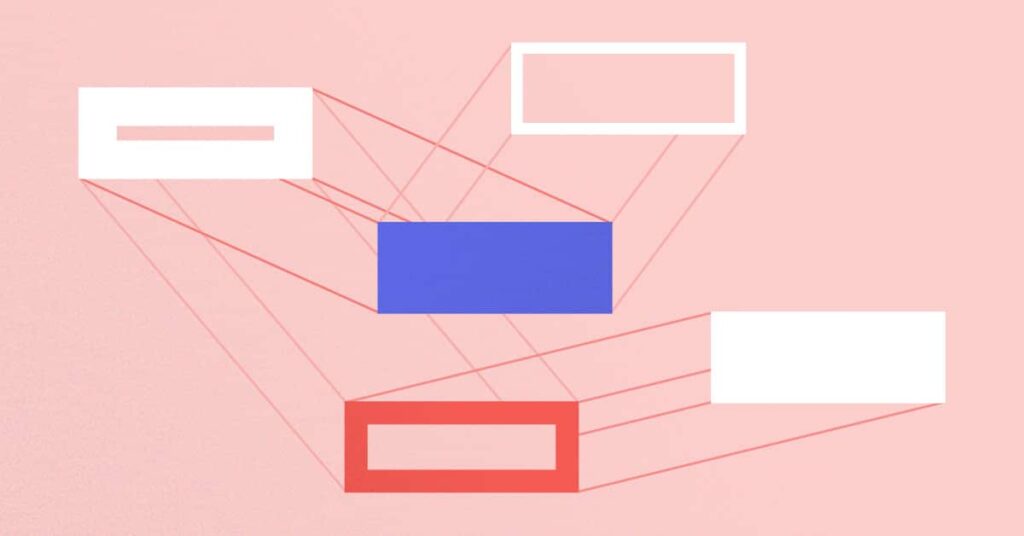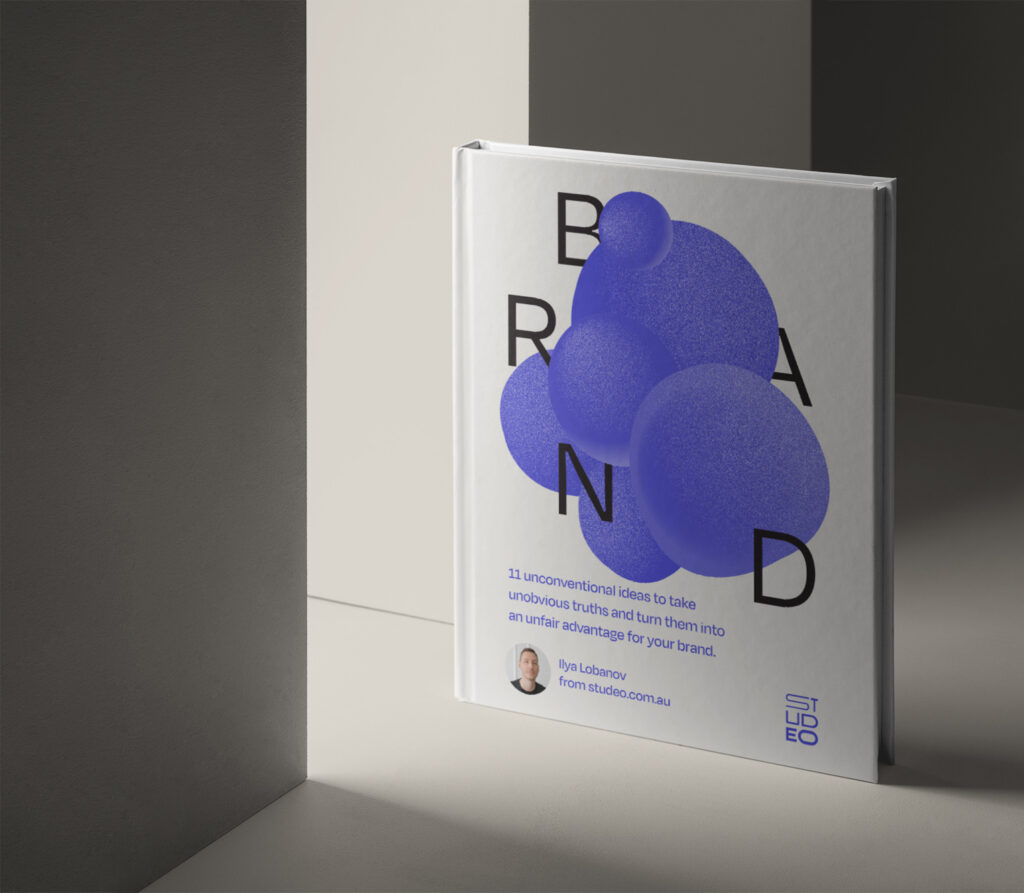Brand Identity Design Process Demystified

So you’ve decided to take the plunge. Open up that business. Dive into that side-hustle. Setup that online store or launch that product. And you quickly realise that you need a logo or a brand identity designed for your new endeavour. It can be hard to know where to begin and what to expect from a logo design process. Especially as your head is still spinning from planning out your services and business structure.
I know from my own experience, setting up a new business can be an incredibly exciting time. But it can also be a stressful time because you need to think of so many things.
So I have put together this indicative Brand Identity Design process guide for your reference so that you can breathe more evenly and have one less unknown to stress about.
Here are some typical process steps, although they may vary slightly from designer to designer.
1. Initial Discovery Meeting
After your initial Google search for designers, or a personal recommendation from someone you know, you will reach out to some designers. No self-respected designer would be able to send you a price for your project without talking to you and understanding your requirements. So usually they would arrange either a phone or a face-to-face meeting.
Hold up just a second – I just want a logo! Why can’t they give me a standard price?
This may shock you, but you may not even need a logo. If you go through a proper brand strategy and define your brand positioning, what you may find is that an elaborate ‘logo’ would not communicate your positioning accurately. Sometimes, you can get on just fine with your business name typeset in an appropriate font.
In most cases, you do need a recognisable visual identifier for your business – so that customers and prospects can start to create associations with your brand.
So in your initial discovery meeting with the designer, they will take you through a set of questions that will help them to understand your services and products better. From there, they should be able to advise their recommendation for you and talk about their unique process.
2A. Brand Strategy Workshop
A strategically inclined designer will typically recommend that before you consider creating a logo you should think about your overall brand strategy. Again… what? I just want a logo. Yes – but hear me out. As designers, we tend to act like doctors. Where our initial actions may be painful or uncomfortable, but only so that you can thrive brighter and better in the future.
Look at a Brand Strategy Workshop as a priceless investment. It will help you figure out your business goals, your ideal customer demographics, your brand purpose (your reason for creating a business in the first place beyond making money), and more. Ultimately, it will help you get crystal clear on what you should focus on to have a winning business going forward.
So like a doctor diagnosing a patient, a good strategic designer can help diagnose what brand actions will push the needle for your business.
2B. Research
Whether or not you decide to go through the recommended Brand Strategy process, a research phase would still most likely be carried out by the designer.
This stage of the process will help fill any blanks for your brand that are left unanswered from the initial Discovery meeting and/or Brand Workshop. Your competition will be analysed, with their positioning and brand identities reviewed to see where and how you can fit and stand out in the market.
Your target market will be researched, with potential customer interviews taking place to get their perspective on your brand and/or your industry. All of this will help ensure the designer has a bird-eye-view of all of the components, and therefore enable them to create the most accurate roadmap and Brand Identity for you.
2C. Brand Strategy Presentation
At this stage, the designer will retreat to base temporarily, and put on their creative thinking and strategic hats. They will now work on packaging up all those insights from the workshop and research stages into some key findings and recommendations. It may take a couple of weeks, depending on the designer – this is a crucial document that’s going to define your brand going forward!
The resulting presentation document will typically include the type of customers you should target. What your brand tone and messaging should be, including examples. Your brand personality and potential mood boards for what your brand could look like. But most importantly, it will contain a positioning statement, a golden idea, or some other distilled concept, which will guide all of your branding activities.
And let me tell you, making business and branding decisions will become a whole lot easier when you have an anchor like this to refer back to. Look at it as your North Star – a guiding beacon.
3. Logo Sketches and or Stylescape Presentation
Once you have your Brand Strategic Document in tow, your designer will go away and work on either logo sketches or more customised mood boards called stylescapes.
Stylescapes are like mood boards, in that they communicate what your brand could look like. But in comparison to the mood boards, where the majority of elements are just inspiration pulled off from the internet, stylescapes may contain mockups and rough explorations for logo/colours/typography for your actual brand.
As part of this process, the designer may also show you either their sketch explorations or their shortlisted 2-3 sketches for logo direction. The intention here is to have you come on the creation journey, rather than just seeing the finished product without having any involvement.
This is your opportunity to comment and discuss what you are drawn to and what doesn’t resonate as much. So that the designers can either provide feedback and recommendations or adjust the visual approach.
4. Brand Identity Designs Presentation
The number of logo concepts, as well as the extent of the work presented, will vary from designer to designer. But typically, after approval of the sketches and/or stylescapes, you will be presented with some logo concepts, so that you can decide on the most appropriate one for your business and brand.
Personally, at this stage, I present one fully fleshed out logo concept, including color scheme, imagery and supporting graphics, and additional application examples that show the logo and graphics in ‘real-world scenarios’. That may include indicative brochure covers, website home page, and business cards. Essentially a ‘full package’ deal so you can really visualise your brand come to life across the different touchpoints.
Alternatively, depending on the designer’s process you may receive several logo concepts without application examples. If that’s that case, still try to see ‘beyond’ the logo. Try to imagine what feelings you get when looking at each concept and visualise what that would look like on your website, your business cards, your Facebook page, and social media accounts.
Whatever approach your designer proposes, make sure to not go with the gut-feeling when judging the presented ideas. In design matters, this tactic doesn’t always work. Design tends to be an innovation medium. Sometimes innovative and winning design takes time to process and digest. So sleep on it and let it marinate before you make your final decision.
5. Brand Identity Files Supplied
Once you have selected your winning logo for your business, the designer will prepare and send you the necessary files for your finalised logo. So that you can start using them on social media, sending it to your printer and web designer/developer.
Congratulations – you are now the owner of a brand new baby… a pretty little logo. But just like with a newborn, the work doesn’t end there. You need to continue to nurture and take care of it – by using the logo appropriately, as recommended by your designer. If their process includes it, they will send you a Guideline Document (also known as a Style Guide) which will help you decide what is appropriate or inappropriate use for your logo.
Of course, a logo does not live in a vacuum. When used in real-life scenarios, it will have other brand elements around it including your messaging, imagery, and more. A well-crafted logo and Brand Identity System has flexibility while making sure it is not misused in any way.
This flexibility will help you get as much value out of your Brand Identity long-term. Consistent and appropriate use of your logo and brand assets will ensure that your customers continue seeing your brand as worthy of their loyalty.
6. Implementation & Support
The journey of your brand doesn’t end there. You will likely need assistance to apply your new Brand Identity, create various stationery materials for use, and carefully think about how you want to roll out your new brand.
Depending on the size and requirements of your business this can be a quick rollout or a lengthy process, carefully planned and orchestrated by your designer. It took several months to roll out new collateral (PowerPoint templates, business cards, social media posts, website re-skinning) for a skincare brand I designed and helped launch.
Keep in mind that typically this rollout phase is an additional budget item for you to consider, as the circumstances and requirements are different for every business.
Now Over To You
Do you need a Brand Identity Designer for your project? Or have you already worked with a designer to craft your logo or brand identity? What was your experience? Did they have a different process? Please reach out via email or on Instagram, I’d love to hear from you!
If you enjoyed reading this article, consider signing up to the Studeo Insider, and receive more insights like this one. If you know someone who might enjoy this article, please share it.
